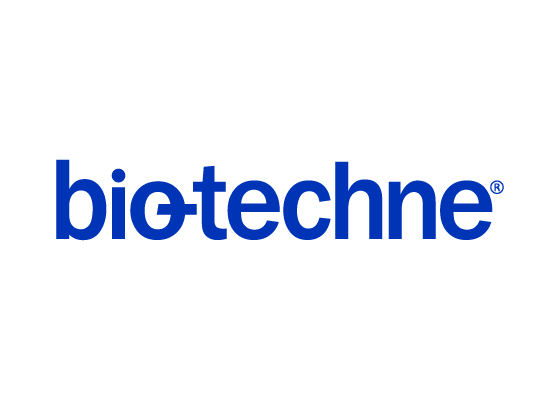Human RBP4/Retinol-Binding Protein 4 Biotinylated Antibody
R&D Systems, part of Bio-Techne | Catalog # BAM33782

Key Product Details
Species Reactivity
Applications
Label
Antibody Source
Product Specifications
Immunogen
Glu19-Leu201
Accession # P02753
Specificity
Clonality
Host
Isotype
Applications for Human RBP4/Retinol-Binding Protein 4 Biotinylated Antibody
Human RBP4/Retinol Binding Protein 4 Sandwich Immunoassay
Formulation, Preparation, and Storage
Purification
Reconstitution
Formulation
Shipping
Stability & Storage
- 12 months from date of receipt, -20 to -70 °C as supplied.
- 1 month, 2 to 8 °C under sterile conditions after reconstitution.
- 6 months, -20 to -70 °C under sterile conditions after reconstitution.
Background: RBP4/Retinol-Binding Protein 4
Retinol (also known as vitamin A) is unstable and insoluble in the aqueous solution (1, 2). However, retinol becomes quite stable and soluble in plasma due to its tight interaction with retinol-binding protein 4 (RBP4), also known as plasma retinol-binding protein. A prototypic member of the lipocalin superfamily, RBP4 has a beta-barrel structure with a well-defined cavity. It is secreted from the liver, a process requiring the availability of retinol. RBP4 delivers retinol from the liver to the peripheral tissues. In plasma, the RBP4-retinol complex interacts with transthyretin (TTR), also known as thyroxine-binding protein and prealbumin. The retinol-RBP4-TTR complex prevents the loss of RBP4 by filtration through the kidney and increases the stability of the retinol-RBP4 complex. Defects in RBP4 cause retinol-binding protein deficiency, which affects night vision.
References
- Zanotti, G. and R. Berni. (2004) Vitamins and Hormones 69:271.
- Newcomer, M.E. and D.E. Ong. (2000) Biochim. Biophys. Acta 1482:57.
Alternate Names
Gene Symbol
UniProt
Additional RBP4/Retinol-Binding Protein 4 Products
Product Documents for Human RBP4/Retinol-Binding Protein 4 Biotinylated Antibody
Product Specific Notices for Human RBP4/Retinol-Binding Protein 4 Biotinylated Antibody
For research use only
